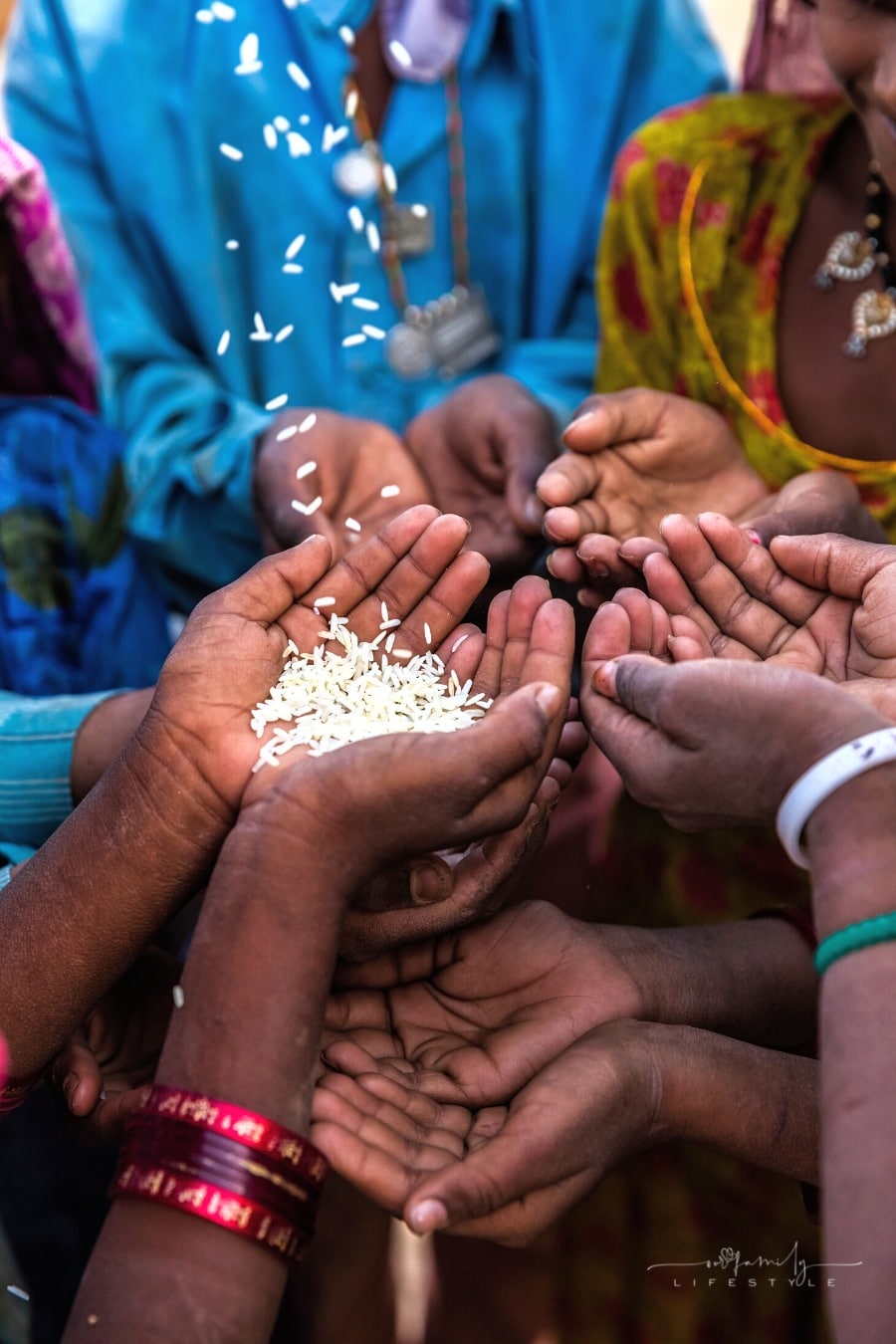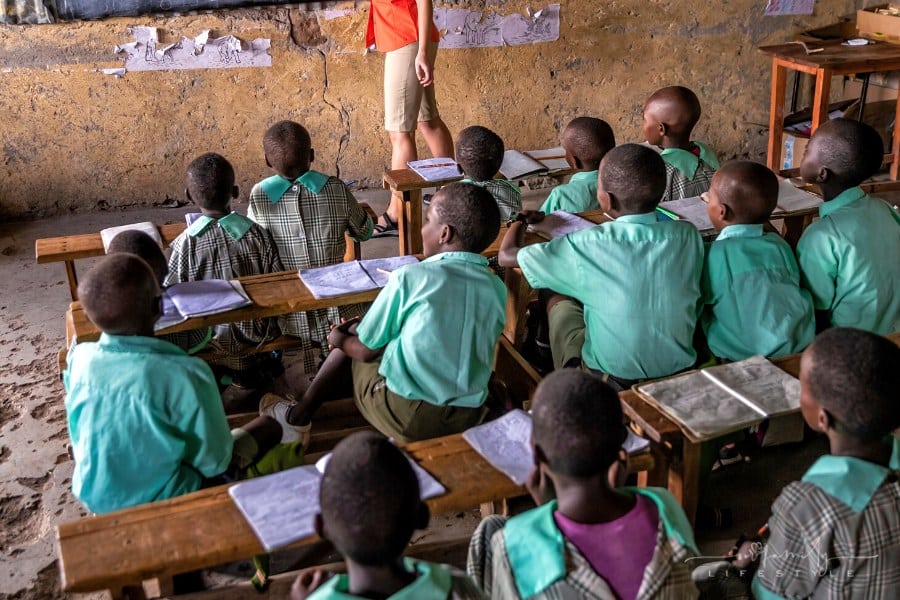What Countries Around the World Are Doing to Improve the Living Conditions of Children
It’s a sad reality that millions of children around the world are living in poverty, with limited access to basic necessities like food, shelter, and sanitation. This has devastating effects on their health, education, and overall well-being.
Thankfully, many countries have taken steps to address this issue by implementing policies and programs aimed at improving the living conditions of children.
From providing financial assistance for low-income families to investing in public services such as healthcare and education, governments around the world are taking action to reduce child poverty and improve the quality of life for young people everywhere.
This article will explore some of these initiatives and discuss how they can help create a better future for our most vulnerable citizens.

Improving the living conditions of children: What countries are doing
In many countries, governments are taking measures like implementing policies and programs to reduce poverty and increase access to basic necessities like food, shelter, and sanitation.
Meanwhile, other countries are providing financial assistance for low-income families and investing in public services, such as healthcare and education. This helps ensure that children have access to the resources they need to thrive.
From proper insurance to the lifestyle the city promotes in children, a lot of things are being done.
An increase in children’s facilities by governments
Countries are also investing in the construction of children’s facilities, such as daycare centers and playgrounds. These provide safe places for young kids to learn and play, helping to reduce crime and create healthier communities.
In addition, governments are introducing initiatives that focus on nutrition and health, such as providing free meals at schools or establishing programs that promote healthy eating habits.
These measures aim to ensure that children receive the food they need to grow and develop. For example, in India, the government is working to provide nutritious meals to the nation’s schoolchildren.
Furthermore, facilities like green spaces, parks, playgrounds, and other activities that promote children’s engagement are being prioritized.
Focus is shifted towards children’s education
In addition to investing in the physical and mental well-being of children, governments are also focusing on their education, recognizing it as the key to breaking the cycle of poverty.
This often involves increasing funding for primary and secondary schools, building infrastructure, and providing scholarships for high-achieving students from disadvantaged backgrounds. This helps ensure that every child has access to quality education and a better future.
For instance, in the US, President Obama’s Race to the Top program dedicated millions of dollars to improving educational opportunities for low-income students.
Furthermore, initiatives such as free textbooks, teacher training, and programs that encourage students such as deploying a motivational speaker from Findersspeakersco inspire kids about the importance of education. These measures not only help ensure that children receive a quality education, but also give them the skills they need to succeed later in life.
Governments are also working to reduce dropout rates and provide access to higher education for those who cannot afford it.
If we look at countries like the Dominican Republic, we can see that they have created programs and initiatives to provide educational opportunities for their youth.
The benefits of children growing up near green spaces
The benefits of children growing up near green spaces is extremely important. Not only do these areas provide a place for recreation and relaxation, but they can also help improve mental health and reduce stress levels.
This is why many countries are investing in parks and other public spaces, creating safe environments where young people can play and explore nature. Countries like Japan, for example, are creating urban parks that provide a respite from the hustle and bustle of city life.
The importance of an active lifestyle
Improving the lifestyle of children includes initiatives such as bicycle and pedestrian paths, as well as sports programs that encourage physical activity.
By providing these opportunities and encouraging young people to get moving, governments are helping to reduce childhood obesity and improve overall health.
Furthermore, these measures can also increase self-esteem and provide an outlet for emotional expression. In the majority of countries, there are now programs that focus on developing healthy lifestyles in children.
The benefits of children’s healthcare
Ensuring the good health of children means providing access to high-quality medical care and investing in preventive measures such as vaccinations.
In some cases, countries have even created specialized programs to treat chronic health conditions or provide support for those with special needs. These initiatives help ensure that every child gets the care they need to stay healthy.
When it comes to child healthcare, governments around the world recognize that it is essential to invest in the future of their citizens.
One of the best examples from comparethemarket.com.au and their figure below is Japan, which has established an impressive healthcare system, large number of hospitals and high vaccination rate to ensure that children receive the medical attention they deserve.

Challenges we have yet to overcome
Despite all the progress that has been made, there are still many challenges that lie ahead in improving the lives of children around the world.
This includes providing access to clean water and sanitation services for all children, as well as addressing underlying causes of poverty such as inequality and unfair labor practices; these typically go hand-in-hand with inequality and can have a significant impact on a child’s development.
By addressing these issues, governments can do their part to improve the lives of children around the world. In addition, global partnerships and initiatives must be created to ensure that the world’s poorest children have access to basic necessities and adequate healthcare.
Governments all around the world are recognizing the importance of investing in their children and working to create a better future for them.
In conclusion, governments around the world are working to improve the living conditions of children by investing in nutrition, health care, education, and green spaces.
However, there is still much work to be done in order to ensure that all children have the opportunity to reach their full potential and lead healthy, fulfilling lives. By continuing to work together, we can make the world a better place for children everywhere.


